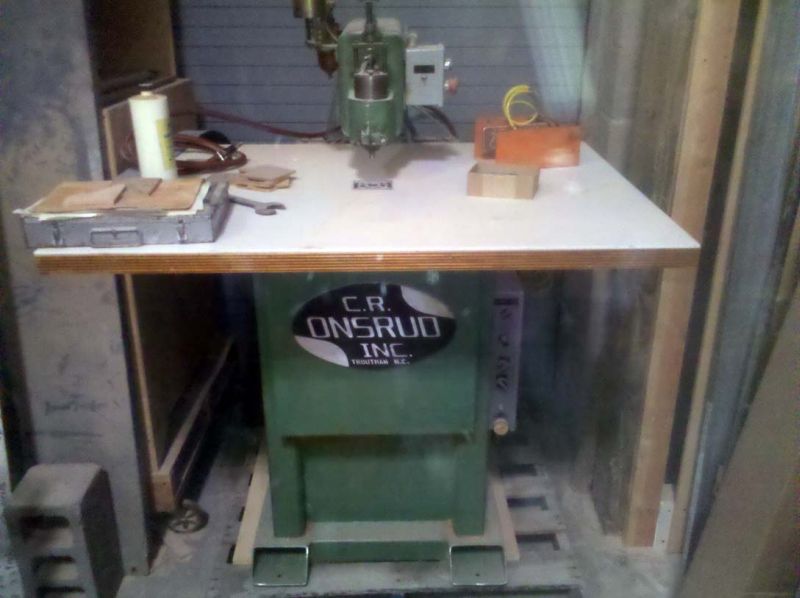Question
If you had to cut a mass quantity of an irregular shape of, let's say, the USA map out of solid maple, but had to cut out the center as well, leaving just the outlined frame of the USA map, how would you do it without a CNC machine?
I have used scroll saws before to cut small parts and center pieces, but this requires a pre-drilled hole to then disconnect the blade from the scroll saw and stick it through the hole and re-attach blade and cut out the center. Any ideas?
Forum Responses
(Cabinetmaking Forum)
From contributor J:
Pin router and two templates.

Can be done - don't get me wrong, but depending on exactly how many pieces, this is perhaps more suited to using a template on an inverted router. Only one template is needed for this application, one path groove for the inside diameter and one groove for the outside diameter. A vacuum clamp is best, but we've found that sandpaper applied to the template can work to keep the work piece from moving at the very end of the cut - this is usually where you can get a slight indentation as the finished piece is freed from the waste.
Now, if this is a one time contract - perhaps the cost of acquiring a pin router is not viable. Unless you can foresee the myriad of uses this machine potentially adds to your machinery arsenal in a shop… ;) We picked up ours for only $1,200.00 in excellent shape. I was fortunate to not need shipping - a shop about 10 miles away had put it out for sale and I drove over and loaded (his forklift). Shipping could be a no-deal since these machines do weigh up to 2,000 pounds. The newer ones are much lighter, though more costly.
I guess it all comes down to how much time the questioner can afford to spend on this job. Time is valuable - but if you are slow and no work down the road - take your time and do it the flush trim route by all means. But if time is of essence, and you are looking to maximize your costs - a pin router beats the flush router bit. Or, farm it out to a CNC shop close by. Get a quote - maybe you can turn a better profit paying them to do the job!